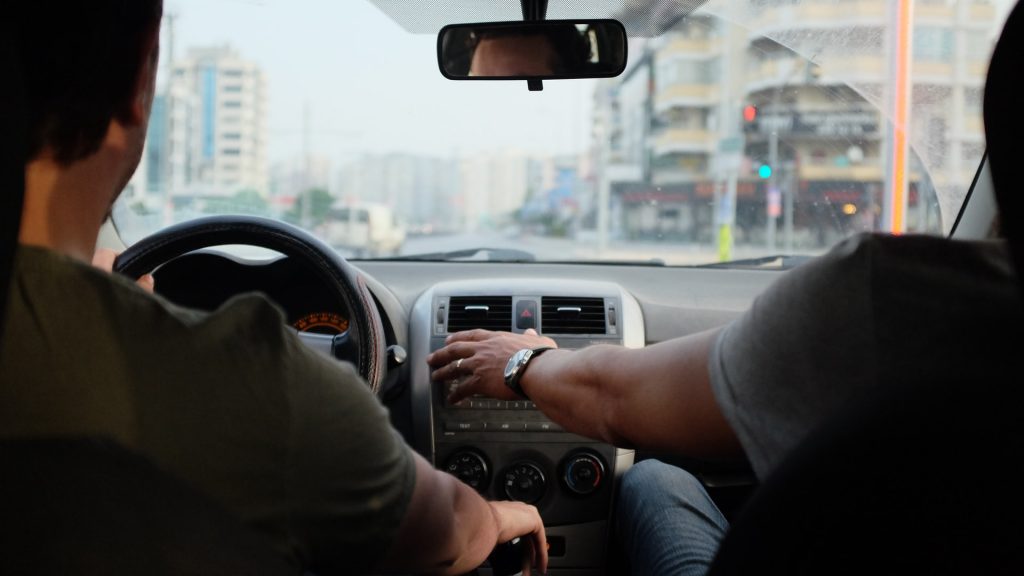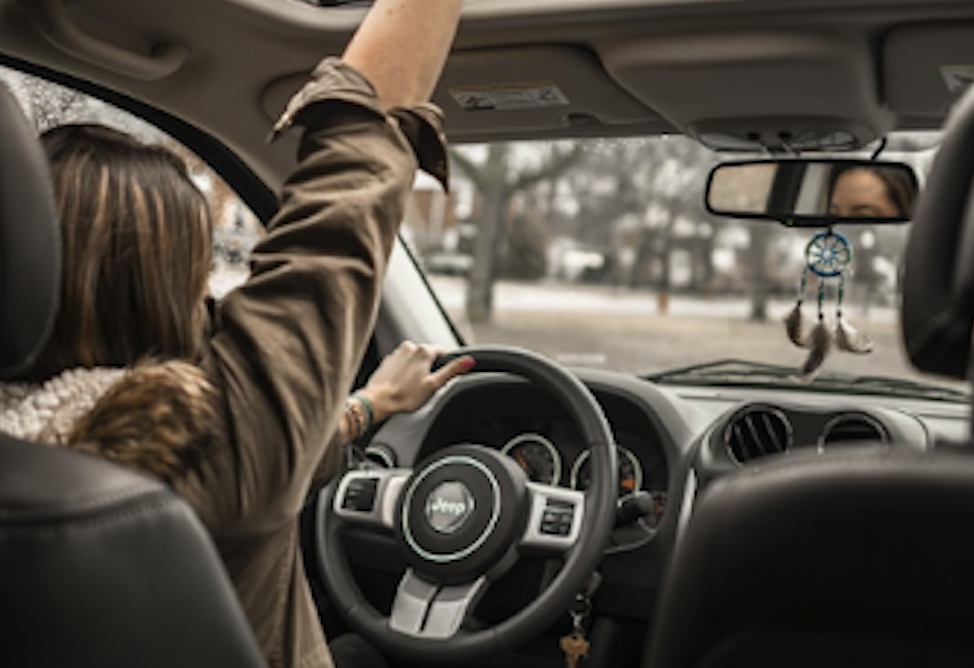How to Teach your Teen to Drive

Getting into the passenger seat while your teen takes the wheel for the first time marks a long awaited milestone for you both. Your teen gets the freedom and independence to travel (relatively) uninhibited, and you get the freedom to shout “Just drive yourself!” from the couch.
As you impart the lessons learned over decades of safe driving, it’s easy to overlook some of the skills that you take for granted. And with phones that now encapsulate the role of radio, GPS, assistant, and line to the outside world, your teen has more potential distractions than you ever did.
Phones are an obvious distraction when they’re visible, but the Pavlovian reaction to a vibration or audio alert can snatch a driver’s attention from the road just as easily. Phones should be set to silent, and placed somewhere out of sight. A glove box, CD well, or other enclosure is ideal, as it not only prevents distraction, but ensures that the phone doesn’t become airborne in the event of a crash.
Just remember that it’s unrealistic to expect your kid to do anything you wouldn’t want to yourself. Draconian measures like leaving the cellphone at home or turning it off might seem like a simple solution, but you wouldn’t leave your phone behind. Why would your teen? Their phone is also a valuable tool in an emergency, so it’s safer to have it on and ready.
As you explain what you want your student to do with the phone, also explain why. A set of rules is easily ignored or broken without rationale to substantiate it, so elaborate on the dangers of distracted driving. Here are some stats to help quantify the risks.
- You are four times as likely to crash when you use a cellphone behind the wheel – but that number rises to an astonishing 23 times as likely if you’re texting.
- Nine people are killed every day in the U.S. because of distracted driving.
- One-in-four crashes involve a cellphone. One quarter. 25%. That’s a hard number to ignore, no matter how you say it.
- You travel the length of a football field while you look at your phone for five seconds at 90 km/h. That’s a long way to drive blind.
Distractions come in many other forms too. A new driver is much more easily overwhelmed than a veteran. This means that many activities you don’t even think about could have a dramatic impact on your teen’s ability to focus. Leave the radio off, limit conversation to instruction only, and remind your teen that even hands-free calling can limit their ability to process up to 50% of information in their driving environment.
Now that you’re on the road, keep things calm and simple. Remember when you were a new driver? It’s sensory overload. As the teacher, it’s your job to shoulder some of that stress by being calm and deliberate in your instruction. Speak slowly and early, so that your teen has plenty of time to understand and react. Praise good behaviour, and don’t be too hard on slip-ups – they’re going to happen, so calmly explain what they should do next time and leave it at that.
Practice basic driving skills somewhere safe. Starting out in a quiet neighbourhood is a great way to get used to the car, but some emergency skills can best be learned in an empty parking lot. Wet weather is the best time to get some practice in, as it prepares your teen for low-control situations, and the wet pavement is less wearing on your tires. Here are some exercises that can help make your student a more confident driver.
- Accelerate and have your teen slam on the brakes. The violent pulsing of antilock-brakes can startle drivers, causing them to let up on the pedal, so teach your teen to keep their foot hard down. This also helps them understand how long the car takes to stop in an emergency.
- Space permitting, accelerate and instruct your teen to veer violently to the left or right, forcing the car into a skid. Teaching your kid not to panic when they lose control of the car could save their life.
- Once they’re comfortable with losing control of the car, it’s time to start regaining that control. When the car is in a slide (or “over-steer”), teach your teen to spin the wheel the opposite to the way they turned to cause the skid, and gently apply the brakes. The focus here is on pointing the wheels in the direction you want to go, no matter what.
- The safest way to drive is predictably. Teach the importance of maintaining a constant speed, and of being deliberate and thoughtful in every action. Any change in course should be anticipated early.
Whenever you’re in the car with your teen, remember to breath. Being overly critical isn’t going to help anyone, so don’t nitpick. Your kid is beginning a long process of internalizing all the skills that you don’t even think about, so start with the most obvious lessons and work your way down. Once controlling the car becomes part of muscle memory, the finer points will fall into place. By creating a calm atmosphere for your young pupil, both of you will be happier and safer.
We can do our best to make conscientious drivers of our teens, but there will always be dangerous motorists on the road. If you or someone you love has been injured in a vehicular collision, contact us to find out what kind of compensation you deserve. Our lawyers are here to help you through the path to recovery.













